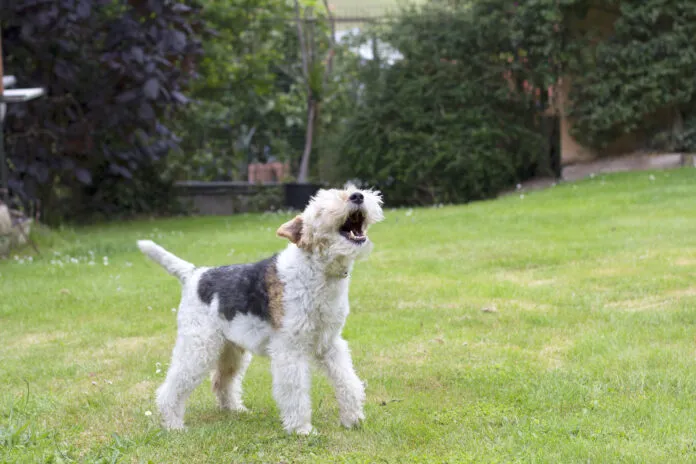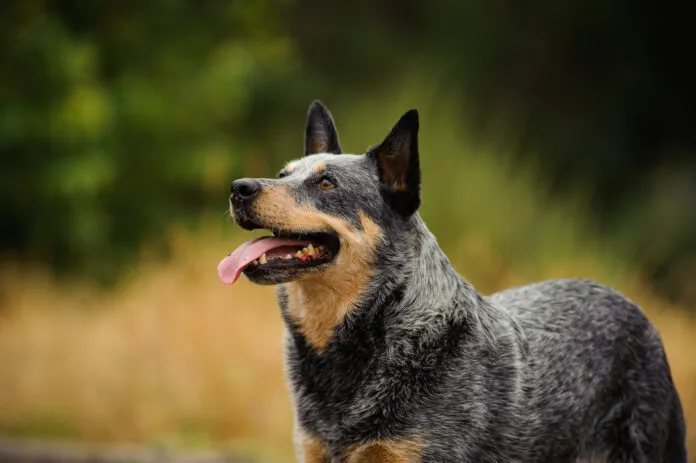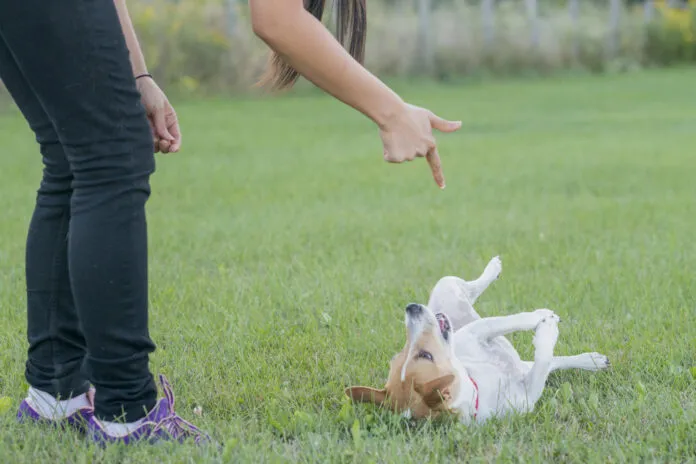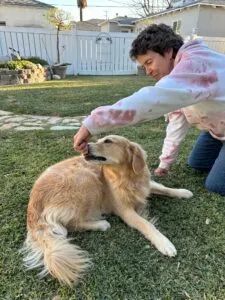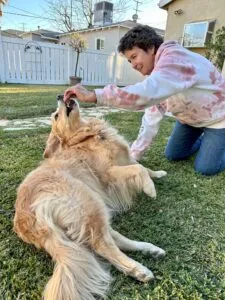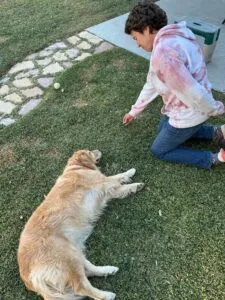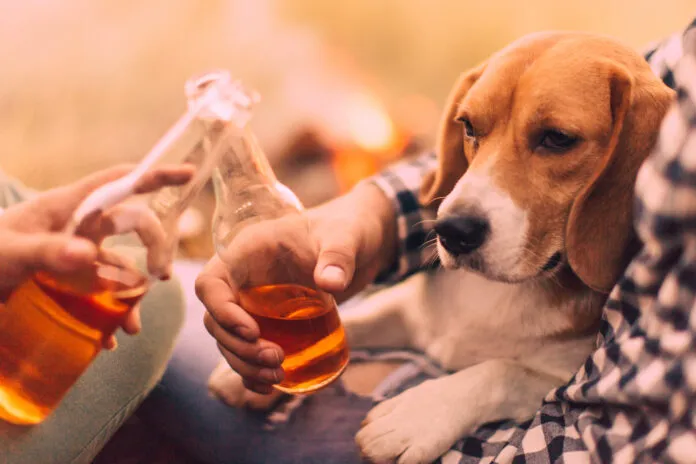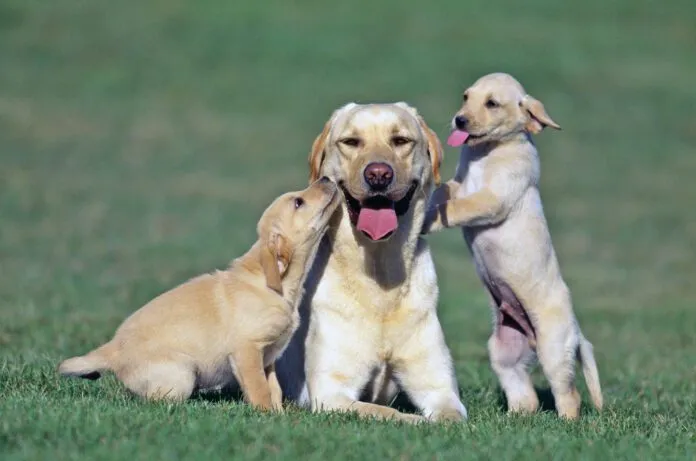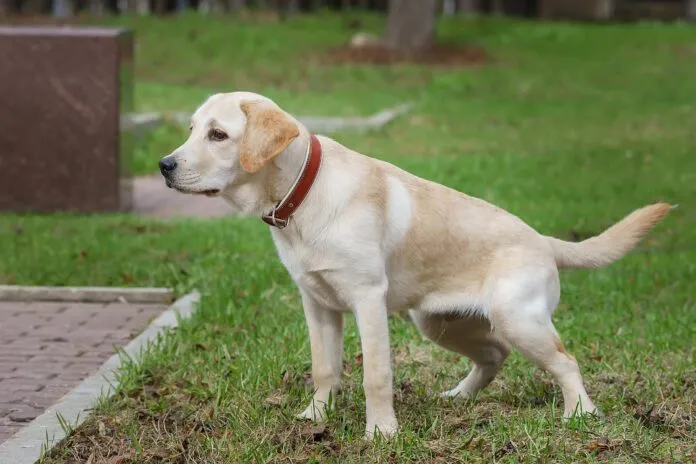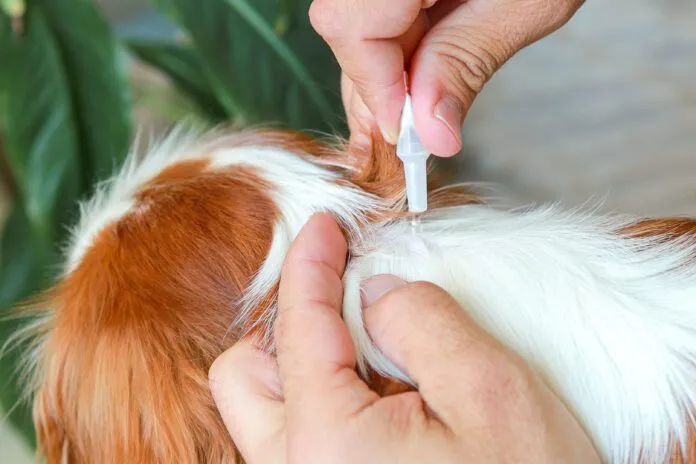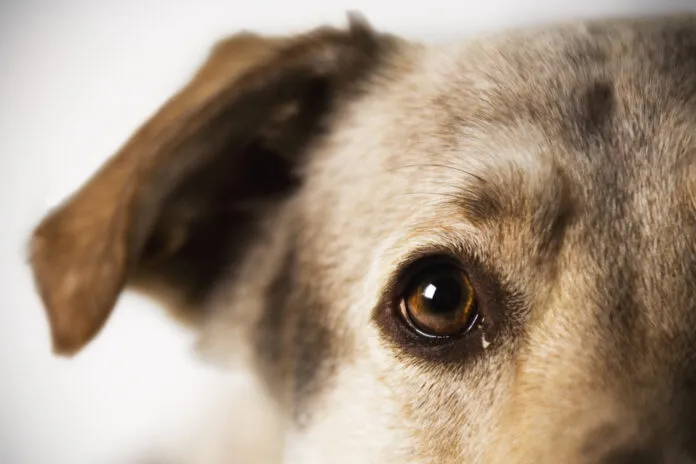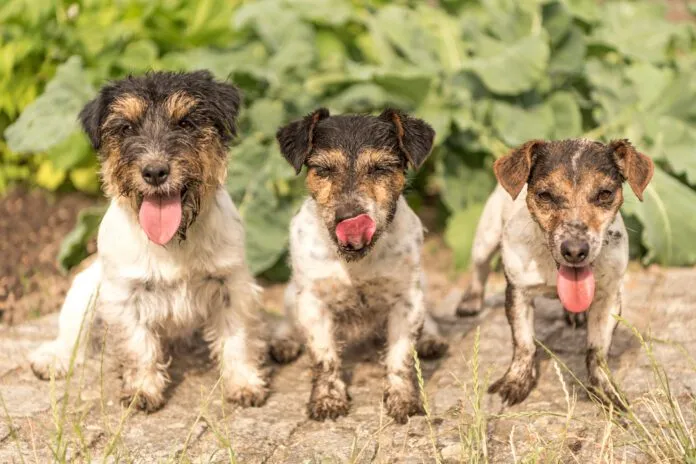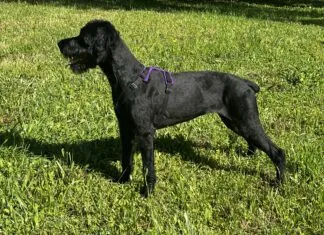Barking can be incredibly endearing or amazingly annoying. Some dogs bark the entire way around an agility course. Other dogs bark every time someone rings the doorbell. There are many types of dog barks, and some are more problematic than others.
If you find yourself with a dog who nuisance barks, it may be time to dig into the reason why your dog might be barking, and try out some training solutions. Read on for tips on how to stop a dog from barking.
Step 1: Figure Out Why Your Dog is Barking
It’s often easier to prevent a dog from barking than to stop them from barking once they’ve learned the habit. If you have a young puppy, early and thorough socialization is key to prevent barking issues down the road.
However, you may find yourself with a young adult or adult dog who barks excessively. To stop nuisance or problem barking, you first need to get to the root cause of the behavior. There are many reasons why dogs bark, and each one has a different solution — there’s no single do-it-all solution to stop dogs from barking. Some of the most common reasons for nuisance barking are boredom, reactivity, demanding behaviors, and medical issues.
How To Stop Boredom Barking
Pups who are left alone often and for long periods of time may bark out of boredom. Dogs, especially high energy and high drive ones, need breed-appropriate physical and mental stimulation to be fulfilled. Folks with high-energy pooches may need to offer more mental and physical exercise to their dogs to ensure they’re sufficiently enriched.
If you need to leave your boredom barking-prone dog at home alone all day, consider the following strategies to bust the boredom and stop the barking:
- Tire your dog out physically and mentally before leaving.
- Leave your dog with safe, long-lasting enrichment like a frozen Kong or Toppl.
- Hire a dog walker or dog sitter to take your dog out mid-day.
- Ensure your dog gets proper mental and physical enrichment when you get home.
How To Stop Alert Barking or Reactive Barking
If your dog is barking at a specific trigger, like bikes, skateboards, other dogs, the doorbell, or people coming near her, it’s important to know that this kind of reaction is often due to fear or uncertainty. Managing the reaction (like closing the curtains if your dog barks at passerby) can keep your dog from practicing the behavior. To properly change the way your dog feels about these triggers though, consider counter-conditioning their response to the triggers with the help of a fear-free dog trainer.
Another thing that can help stop dogs from barking at triggers is to teach a “find it” cue and allow your dog to enjoy a food scatter. A food scatter is just what it sounds like: scattering treats on the ground for your dog to sniff out and find. It’s especially fun to do this in grass, since the grass basically acts as a big snuffle mat.
A treat scatter isn’t a reward for barking — it simply gives the dog something else to focus on to interrupt the behavior. Food scatters also act as decompression and help desensitize your dog to triggers.
To teach this easy training game, simply say “find it!”, then scatter a few pieces of food on the ground. Do this inside without distractions first, then you can practice outside with distractions. If your dog doesn’t eat the food off the ground, ask yourself why. Does she know this game well enough without distractions? Is your food too low value? If your dog is too fixated on a trigger to play the find it game, try using higher value food or practicing with a less intense trigger (or both). This game works best when the dog begins to anticipate the food being scattered on the ground when they hear the words “find it.”
Crate training is also a good tool to use for a dog who alert barks or who barks at specific triggers. Properly crate trained dogs should feel safe and relaxed in their crates and should be less likely to bark while in their crate. Crates are also a management tool, as they can keep dogs from looking at specific triggers (like outside the windows) while you’re away from the house.
How To Stop Demand Barking
Owners of demand barkers often ask “Do dogs ever get tired of barking?”
If your dog is a demand barker and has been reinforced for it, she may not get tired of barking. For example, your dog knows what time dinner is at. She barks until you come and feed her dinner. You come and give her a bowl of food because you’re tired of listening to her bark. You’ve just reinforced her for barking. She now knows that if she barks long enough at dinner time, you will eventually feed her.
Many trainers recommend ignoring alert barking, but this doesn’t teach your dog an alternative behavior to do instead. Dogs who are prone to demand barking can benefit greatly from shaping and impulse control exercises (many of which go hand-in-hand). Though these exercises may seem roundabout at first, they teach your dog to make good decisions and offer appropriate behaviors.
Shaping is a method of training where the handler waits for a dog to offer a desired behavior (or small steps in the direction of the desired behavior), often without giving any physical or verbal cues. The handler will then mark and reward those behaviors or incremental behaviors using food, toys, or something else the dog finds rewarding.
You can shape “paws up” on an object to teach your dog how to offer appropriate behaviors. Start by putting an object on the ground that’s big enough for your dog to put their front paws on it. The object can be a pillow, a pivot bowl, a cato board, or even a box. When you set the object down, your dog will likely go investigate it. Click (or mark) and reward any movement towards the object. Mark and reward for sniffing, walking towards the object, putting one paw on it, etc. Eventually, you will raise your criteria little by little until your dog is comfortable putting both paws on the object.
Teaching your dog to wait at the door can also help with impulse control. Take your dog up to a door on a leash and ask her to sit. Begin to open the door. If your dog breaks her sit, put her back in the sit and try again. Do this until your dog understands that pulling towards the door won’t earn her access to the door. When your dog is sitting politely and you can fully open the door, mark and then use your release cue.
Other Reasons Your Dog May be Barking
There are occasionally medical reasons for increased barking, like anxiety and age-related cognitive issues, like dog dementia. Talk to your vet if you think your dog may be barking due to a medical problem.




